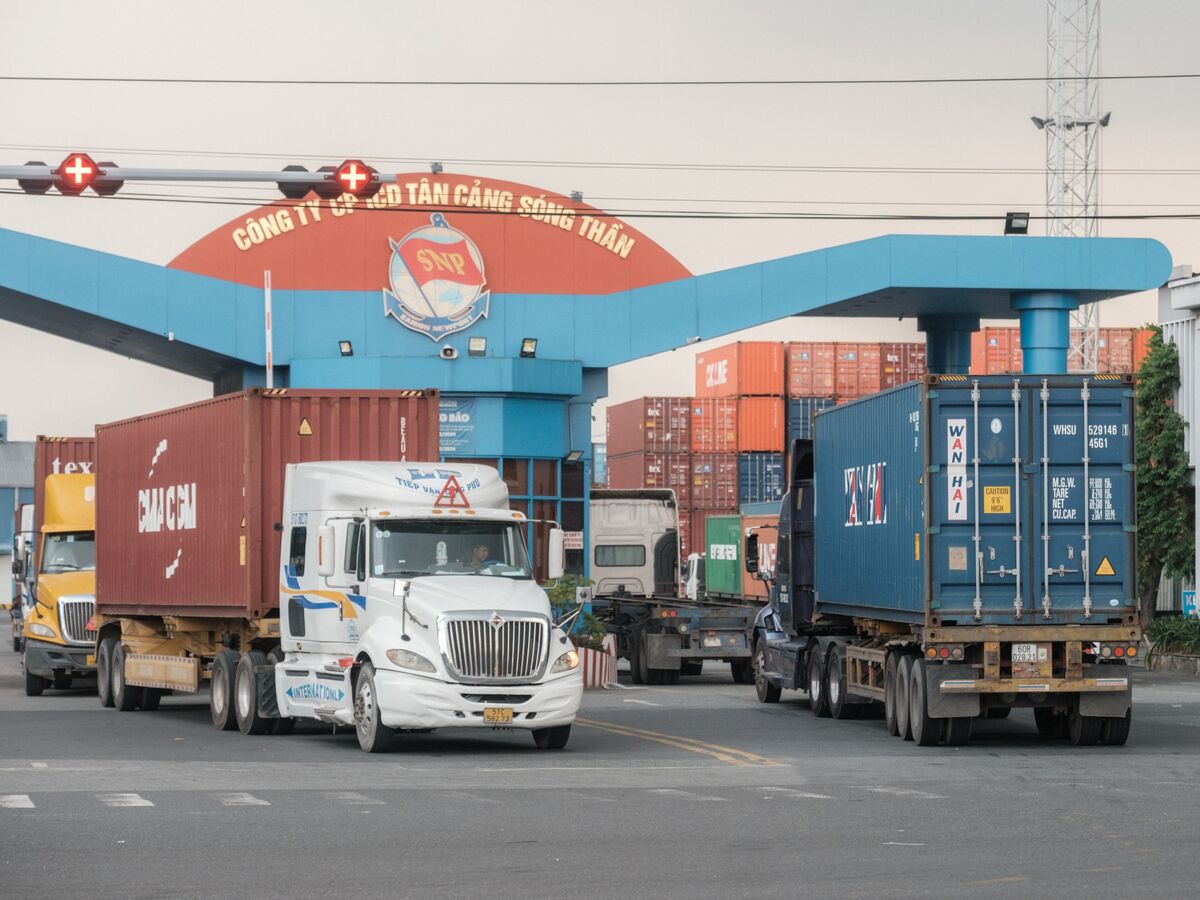Tragedy in Vietnam's Ha Long Bay: Boat Capsizing and Safety Concerns

Introduction
A tourist boat carrying 46 passengers capsized in Vietnam's Ha Long Bay during a storm, resulting in dozens of deaths, including eight children. The tragedy has shocked the nation and raised concerns about safety regulations for boat tours in the popular tourist destination.
Survivor's Story
According to state media, a 10-year-old boy miraculously survived the capsizing by finding an air pocket on the sinking boat. He was rescued by nearby fishermen and is the only known survivor from the incident. This young boy's story has captured the heart of the nation and serves as a reminder of the bravery and resilience of those involved in the tragedy.
Safety Concerns
The incident has sparked discussions about safety measures and regulations for tourist boats in Ha Long Bay. Questions have been raised about the condition and maintenance of the boat, as well as the decision to continue the tour during a storm. The Vietnamese government has promised to thoroughly investigate the incident and take actions to prevent similar tragedies from happening in the future.
About the Organizations Mentioned
Vietnamese government
The **Vietnamese government** is the central executive authority of the Socialist Republic of Vietnam, responsible for implementing state policies, managing the economy, safeguarding national defense, and overseeing social development. It operates under the leadership of the Communist Party of Vietnam (CPV) within a socialist-oriented market economy framework, balancing central planning with market mechanisms. Historically, the Vietnamese government has undergone major transformations, with the most significant in recent decades being the **Đổi Mới reforms** launched in 1986. These reforms shifted the country from a rigid centrally planned economy to a more market-oriented system, fueling rapid economic growth and integration into the global economy. In 2025, the government initiated its most substantial administrative restructuring since Đổi Mới. On March 1, 2025, the number of ministries was consolidated from 18 to 14, alongside reducing ministerial-level agencies from four to three. This restructuring merged related ministries to reduce overlapping functions and improve governance efficiency—for example, the Ministry of Agriculture and Rural Development was merged with the Ministry of Natural Resources and Environment to form the new Ministry of Agriculture and Environment[1][2][5][6]. Simultaneously, Vietnam implemented a sweeping local government reform effective July 1, 2025, abolishing the district-level administration and reducing provinces and cities from 63 to 34, thereby creating a streamlined two-tier local government system of provinces/cities and communes[2][3][7]. This change required constitutional amendments, enhancing the role of organizations like the Vietnam Fatherland Front and Vietnam Trade Union to strengthen political unity and social representation[3][4]. These reforms aim to **enhance administrative efficiency, reduce bureaucratic redundancies, and support socio-economic development** by creating a more agile, coordinated government apparatus. For businesses and technology sectors, this means potentially faster decision-making, clearer regulatory frameworks, and an improved environment for innovation and investment[6]. Overall, the Vietnamese government today represents a modernizing, refor


